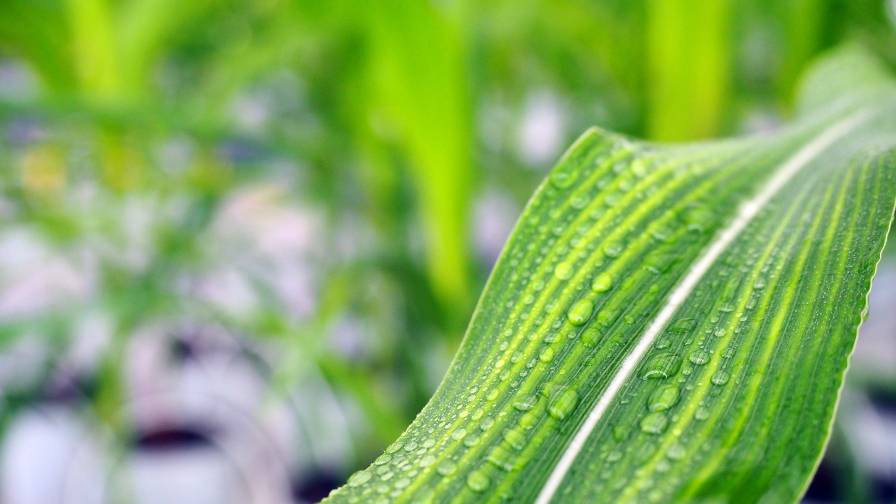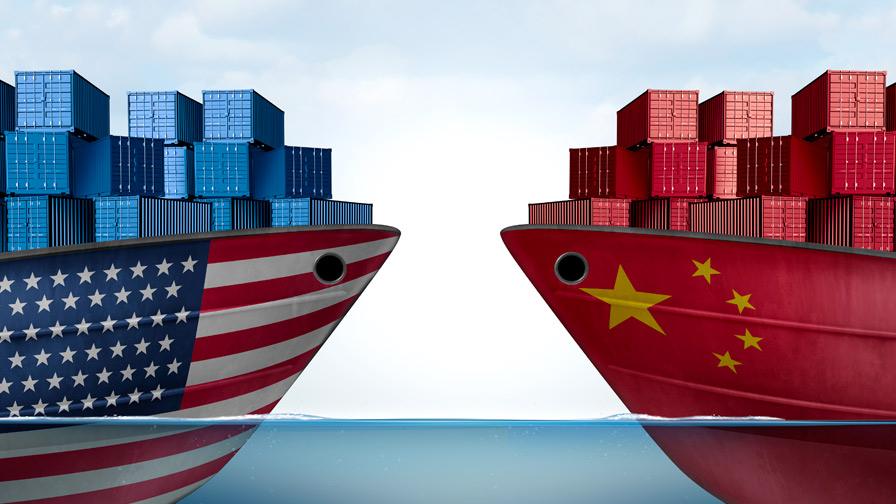Wiser About Water
There is a regrettable irony in Pakistan’s recent floods: Usually, the country is searching for water. Drought is typically more persistent than floods in a country that receives 80% of its rainfall during the two-month monsoon season. The rest of the year, farmers lament about the lack of irrigation water and assume the worst about dams upstream in India that could be robbing them of their livelihood.
Of course, this year is different. Government officials estimate the costs of the flood on agriculture to be at least $2 billion, but a full inventory on damage won’t happen until the waters finally recede. The swelling Indus River was still breaking levies at presstime in mid September, displacing about 1 million people in Sindh Province alone six weeks after the initial deluge overwhelmed the country’s infrastructure, including its irrigation ditches, which have all but washed away.
Agriculture constitutes almost one-quarter Pakistan’s gross domestic product, and almost half of the country’s workforce relies on agriculture for employment.
Despite the country’s inundated farmlands, growers know they are just a few months from the opposite extreme. By March, Pakistani agriculturalists will be accusing India of withholding water instead of current worries of releasing yet more into the temporary swamplands.
And Pakistan is not isolated in its water woes. Feuds over water rights exist on every continent, reminding me of what Mark Twain once said: “Whiskey is for drinking. Water is for fighting over.”
Recent droughts in Argentina, Russia and China have highlighted the precarious balancing act farmers must play when managing under-resourced land. These events often go unnoticed, but water rights and scarcity are getting their share of notoriety this year because of the immediate affect they have had on farm commodity prices, especially grains.
In northern China, farm fields have reported cracks up to 10 meters deep in September. Farmers in Chifeng city have had to delay harvests to avoid injury, according to the state-run Xinhua news agency. And reservoirs are running dry in hundreds of cities throughout China this year.
In the southwest part of the country, hundreds of thousands of heads of cattle were seared in prolonged heat, and rice and wheat crops failed amid drought. Officials have implored conservation and advocated water-saving agriculture practices.
The crop protection industry is making some noteworthy advancements to conserve water, most notably of which are transgenic crops that require less irrigation. It is our duty as business partners who make our living on agriculture to help advance the sector by communicating the benefits of water-saving technologies to distributors, governments, media and ultimately the farmers we serve.
We must be champions of better water infrastructure as well. Similar to food production, there is (arguably) enough water to satisfy a growing population and sustain agriculture for the world. But what we have in resources we lack in distribution.
It behooves crop protection to be part of the solution. Without the appropriate water resources, pesticide manufacturers could be estranged from the very markets that contribute to our prosperity.
Simply, without water security, crop protection need not exist.






